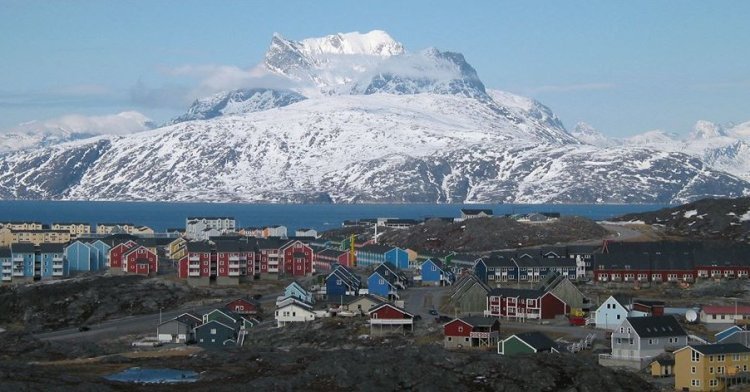Greenland withdrew from the European Economic Community in February 1985. Now, almost thirty years later, the challenges of the 21st centuries are pushing the frozen island back into Europe’s arms.
Greenland will soon mark the 30th anniversary of the day it left the European Economic Community. The referendum campaign, which was dominated by a fierce debate on fishing quotas, led to a 53%-47% majority in favour of withdrawal. The island has since followed its own path at the top of the world.
Eurosceptics are quite fond of this chapter in the history of Europe because they think it proves a country can leave the European Union without suffering a drastic fall in living standards. However, the only reason Greenland pulled it off is a huge subsidy from Copenhagen that accounts for approximately half of Greenland’s government spending. It goes without saying that, were the United Kingdom or another member state to leave the European Union, it would not receive such generous assistance.
Even so, running a country is always easier when you get €457 mn (£362 mn) a year. Back in early 2013, then-Greenland Prime Minister Kuupik Kleist still congratulated himself on how “good” life was outside the Union. According to Kleist, the decisive factor was that Greenland had managed to maintain privileged access to the European market for fish exports. When asked about other exports, he chuckled: “We don’t export anything else but the fish.” Until recently, he was right: fisheries have traditionally made up about 90% of Greenlandic exports. However, the economic landscape is now being rocked to the core by a seismic change in the country’s activity.
Temperatures in the Arctic are slowly but steadily rising as the concentration of carbon dioxide in the atmosphere increases. Mineral deposits in the Arctic, a region long written off as too harsh and unforgiving, are coming into reach. It holds a treasure trove of resources, ranging from the rare earths used to make computer screens and wind turbines to the uranium that fuels nuclear reactors, as well as cerium, yttrium and other high-value minerals. The island is thought to contain a tenth of the world’s rare earth reserves. Geologists also expect to find rubies, gold, diamonds and large amounts of oil and gas.
However, Greenlanders are wary of potential downsides to this boom: will there be appropriate environmental safeguards? Will their country’s way of life change due to the influx of foreign workers? Will the government make sure mineral resources benefit the entire community, not just the corporations extracting them? Will Greenland swap its dependence on Denmark for dependence on Big Mining? These fears are particularly understandable considering that Greenland is a country with only 57,000 inhabitants that lacks the human, financial, technical and political resources to oversee the exploitation of these juicy minerals without outside help.
The need for an ally with the means, knowledge and experience necessary to tap these resources properly is so obvious that it has even dominated the internal campaign of Siumut, the biggest party in Greenland… which 30 years ago was fighting tooth and nail to take the island out of the EEC. This internal debate in Siumut comes as no surprise, since it is a mere reflection of the public debate that has dominated the last two election campaigns in Greenland and sank Kleist’s government a couple of years ago.
Damien Degeorges, a researcher at the University of Greenland, is adamant that the generation born after 1985 will be more pragmatic than its predecessors, meaning it will not shy away from strengthening ties with the European Union to advance the country’s strategic interests.
Further integration of Greenland with the European Union would be a win-win scenario. Greenland would be able to mobilise Europe’s know-how to build and run the mines, get regulatory advice and, of course, tap the vast amounts of capital needed to develop the sector. The Union, on the other hand, needs a window on the Arctic, one of the scenes where 21st-century politics will be decided, especially since the Arctic Council rejected its application to become a full-rights observer member.
Greenland’s ice and rocks hide a wealth of opportunities and threats: which of the two prevails will depend on the next steps, which must be decided in a broad, democratic debate involving all segments of the Greenlandic society. One thing is for sure: with so much at stake, the government cannot afford to cast aside any of the cards in its hand. Above all, it must not be afraid of using the ace up its sleeve: Greenland’s return to the European Union.

Follow the comments: |
|
